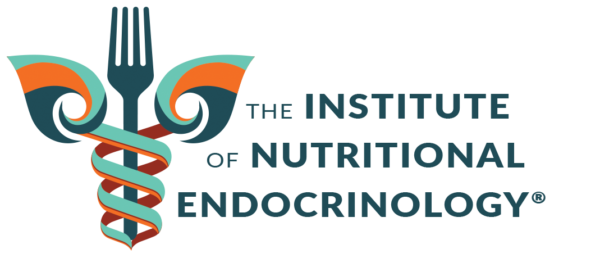Insulin Resistance / fat question – December 3rd, 2017
Nutritional Endocrinology Practitioner Training (NEPT)
Clinical Pearl
December 3rd, 2017
Back to the insulin resistance / fat question…
I reviewed another of the studies I shared with you a couple of weeks ago, this one was
Insulin resistance is a cellular antioxidant defense mechanism
https://www.ncbi.nlm.nih.gov/pmc/articles/PMC2764908/
According to this article, “Insulin resistance may be an appropriate response to nutrient excess, but the cellular sensors that link these parameters remain poorly defined….mitochondrial superoxide production is a common feature of many different models of insulin resistance …”
SO what exactly is nutrient excess? Is it all nutrients? Carb excess? Fat excess? Protein excess? Vitamin and mineral excess?
As we all know, Insulin resistance must be managed or serious repercussions results,. Hyperglycemia and hyperinsulinemia contribute to the development of hypertension, type 2 diabetes, kidney disease, and cardiovascular disease.
There are many risk factors speculated to contribute to the development of insulin resistance including over nutrition, physical inactivity, pregnancy, Hepatitis C, polycystic ovarian syndrome, HIV protease inhibitor therapy, antiinflammatory corticosteroids.endoplasmic reticulum stress, proinflammatory responses, oxidative stress, and more.
This study took a comprehensive approach to identifying the underlying causes, and many of them involve mitochondrial oxidative damage.
Oxidative stress has been implicated in IR, but the precise source of these reactive species is not known.
They compared rats fed a low fat diet (10%) or high fat diet (45%) . in both groups the fat was from Purina Rat chow. They found worse insulin resistance in the rats fed the high fat diets.
Administration of Mm SOD (manganese dependent super oxide dismutase) reduced the level of insulin resistance.
While this study does suggest that higher fat diets contribute to insulin resistance, we do need to consider the source of the fat. The fats in a commercial mix of animal feed are surely oxidized fats — not whole food, unheated fats, so i am not convinced that it’s the amount of fat versus the quality for the fat.
I am still looking for a study comparing insulin resistance in high fat vs low fat whole foods plant strong diets where the type of fat eaten is unheated and NOT oxidized and the remainder for the diet is rich in antioxidants.

